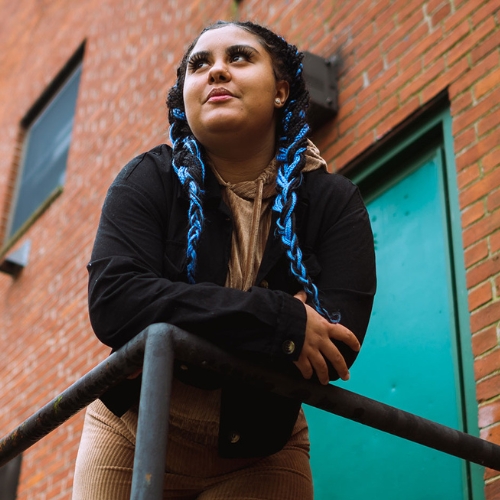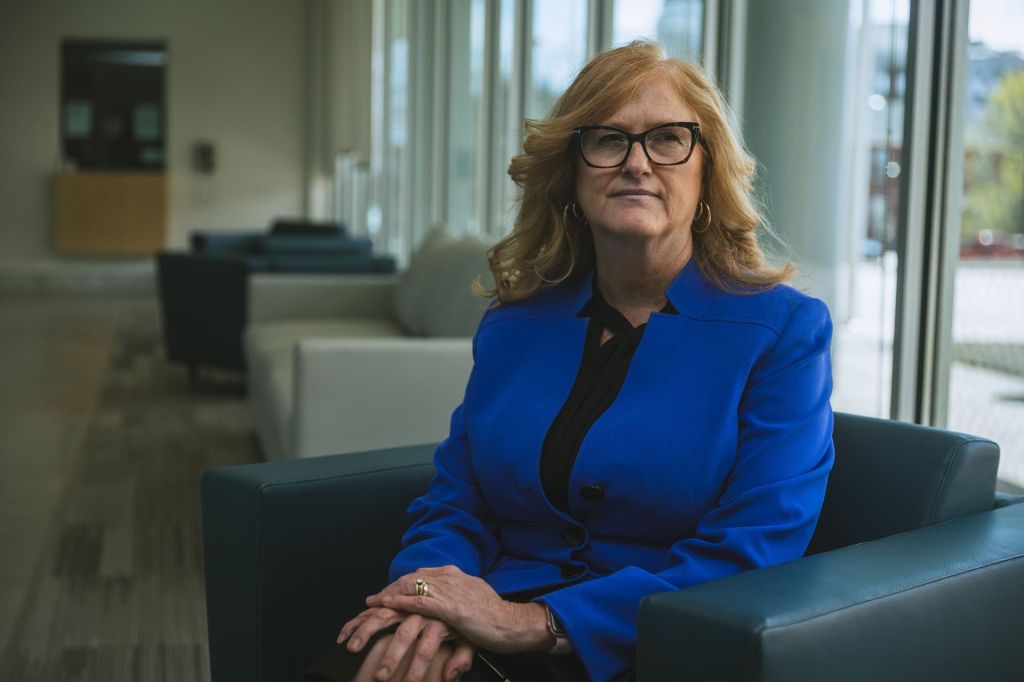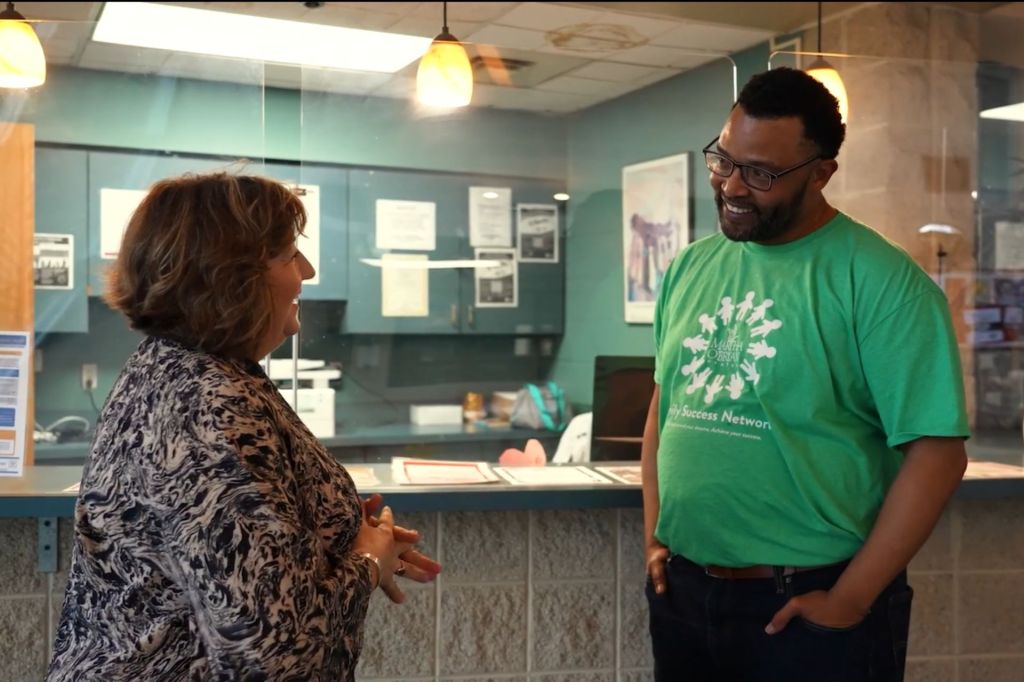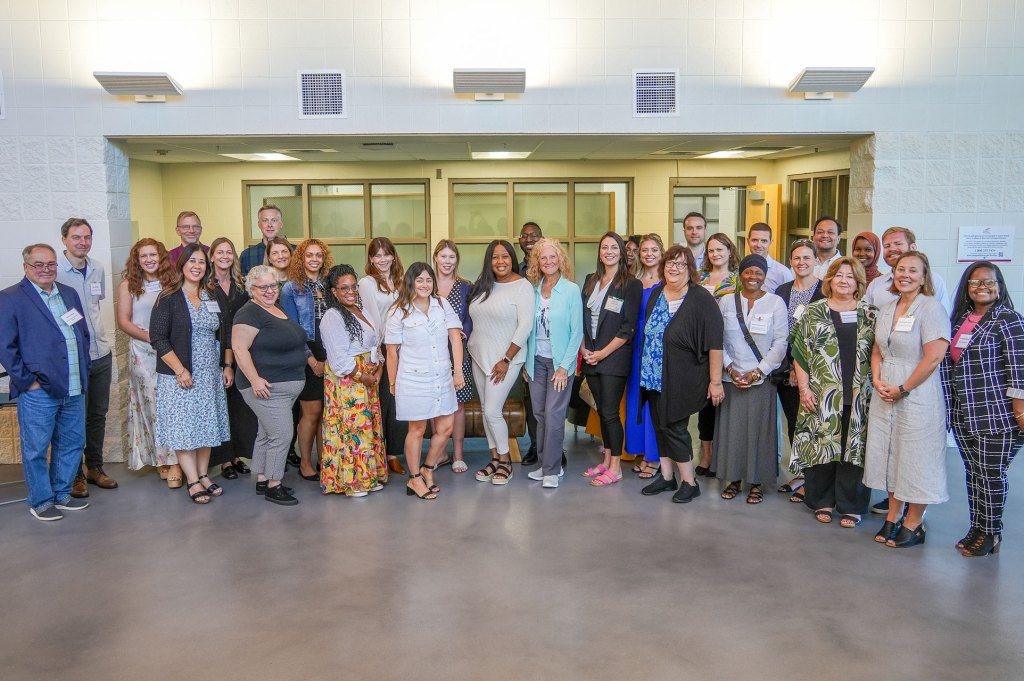Benefits cliff
Sometimes, a bigger paycheck can actually make it harder to put food on the table or take the kids to the doctor. It’s a problem keeping thousands of people in lower-wage jobs and out of the workforce. Here’s what’s being done.
What is a benefits cliff?
For some lower-income workers, even slightly higher pay can mean the loss of hundreds or even thousands of dollars in public assistance benefits. A benefits cliff is the gap between what someone will be earning in a new job and the value of the public assistance benefits that person loses as a result. There’s also such a thing as a benefits plateau, where for each dollar earned, benefits lessen by a similar amount.
A hand up, not a handout, to cross the benefits cliff
Losing public assistance benefits when income goes up incentivizes some workers to stay in low-paying jobs. It discourages others who are willing to work from joining the workforce. In this story, get to know three moms navigating benefits cliff challenges.

Exploring solutions
Communities across the US are developing unique programs and advocating for policies to address benefits cliffs and build a stronger workforce. At the heart of many solutions are people who successfully navigated benefits cliffs themselves and are now working to help others.

The essential role of those who’ve been there in Maine’s approach to the benefits cliff
Experts and policymakers reveal steps they’re taking in Maine to effect change within a challenging system with help from those who’ve navigated benefits cliffs.

Investing in community expertise, Tennessee takes on the benefits cliff
Needing to put a reserve of public assistance dollars to active use, Tennessee chose to invest in tackling the benefits cliff.
Related resources
To advance workers and the bottom line, employers act on benefits cliff
Benefits cliffs challenge workers’ financial security and career advancement and introduce staffing and retention complications for employers. Pilot programs and partnerships offer employers guidance on how they can help address…
Coalition draws on local benefits cliff lessons to inform national approach
Dozens of experiments across the country aim to mitigate workers’ benefits cliffs as their incomes rise and assistance lessens. A coalition of 13 of these pilots now plans to share…
How the Fed goes beyond the data to try to make the economy work for everyone
Utilizing qualitative data from various sources helps paint a comprehensive picture of economic well-being and guides policy discussions at the Federal Reserve. Amidst uncertainties, staying connected to the pulse of…
[Watch] Navigating Benefits Cliffs – Barriers and Solutions
Explore Benefits Cliff from the perspective of employers, the Federal Reserve, and community leaders who help families navigate public assistance programs and plan for career advancement opportunities. Watch or listen…
A benefits cliff can make a family feel like their hard work really isn’t paying off or helping them get ahead. Why is the benefits cliff issue so hard to…
Related Federal Reserve Tools
The Federal Reserve has a mandate to foster maximum employment. Improving economic mobility and resilience is complementary to that mandate. The Federal Reserve Banks of Atlanta, Boston, Cleveland, Kansas City, Philadelphia, Richmond, and San Francisco are partnering to provide actionable tools, training, and data. These resources are designed to help workers, service providers, and policymakers locate and navigate benefits cliffs.
Explore demo versions of all of the Fed’s CLIFF tools at the Atlanta Fed’s Advancing Careers for Low-Income Families initiative. Researchers and analysts working on the initiative conduct research on benefits cliffs. They also develop tools to support community and state efforts to improve economic security for families and meet the talent needs of businesses for a healthy economy.










![[Watch] Navigating Benefits Cliffs – Barriers and Solutions](https://fedcommunities.org/wp-content/uploads/2023/09/connecting-communities-benefits-cliff.png?w=1024)
